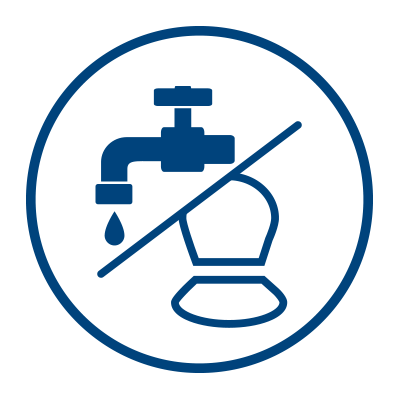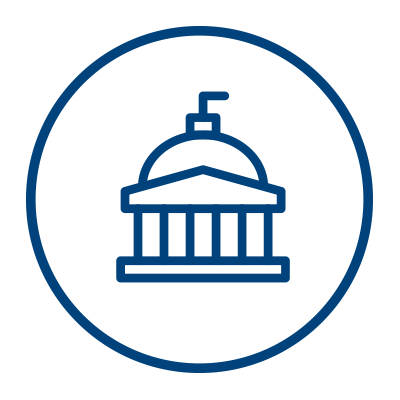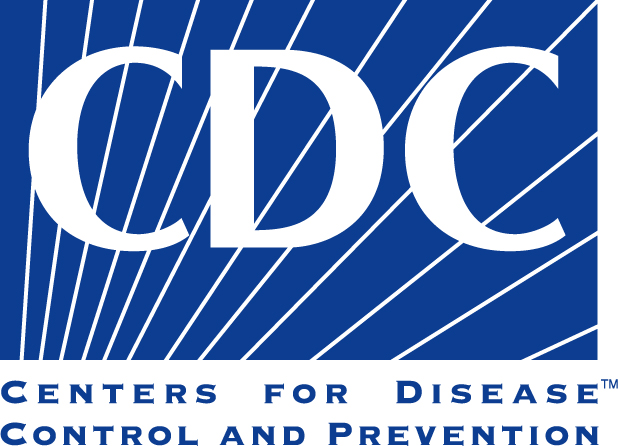Improved Chlorination Mitigates Disease Outbreaks

The Story
Access to safe drinking water is critical in preventing transmission of waterborne diseases. The benefits of using chlorine as a disinfectant in emergencies and waterborne disease outbreaks include low cost, high availability, and ease of monitoring. Centers for Disease Control and Prevention (CDC) water, sanitation, and hygiene (WASH) specialists have assisted Ministries of Water and Health and other partners to improve chlorination and water quality monitoring in Ethiopia, Bangladesh, Sierra Leone, Zambia, and Zimbabwe during outbreaks and emergencies. Examples from Ethiopia and Bangladesh are highlighted below.
An outbreak of acute watery diarrhea started in the Somali Region of Ethiopia in January 2017. Jijiga City is the largest urban area in the region, and improving access to safe water there was critical to responding to the outbreak. Initial chlorine testing conducted found that water supplied from the piped network, donkey cart filling stations, and truck filling stations, the main sources of water in Jijiga, was not chlorinated. CDC WASH specialists provided technical assistance to the Somali Regional Water Bureau (RWB) to strengthen chlorination practices and improve water quality monitoring. Assistance included supporting the Somali RWB on improving chlorination dosing and training attendants to chlorinate the city’s main water sources, including reservoirs, donkey cart filling stations, and truck filling stations. In addition, a water quality monitoring mobile phone application was created in conjunction with UNICEF. Results from a rapid assessment completed approximately one month after CDC technical support showed high levels of chlorination in all drinking water sources.
Violence in Rakhine State of Myanmar drove hundreds of thousands of Rohingyas across the border into Cox’s Bazar, Bangladesh. There are now over 900,000 forcibly displaced Myanmar nationals in camps in Bangladesh. The topography of the area and crowded conditions created an urgent need to reduce risk from acute watery diarrhea and other waterborne disease outbreaks during the 2018 monsoon season. The Cox’s Bazar WASH sector decided to scale-up bucket chlorination activities in which an attendant puts chlorine directly in a water collection vessel at the point-of-collection to ensure households were using chlorinated water.
The World Health Organization recommends a minimum free residual chlorine value in outbreaks to ensure that water has been adequately treated and that there is protection from recontamination during transport and storage in households. CDC WASH specialists collaborated with UNICEF and partners to strengthen bucket chlorination methods and conducted free residual chlorine rapid assessments in one camp with bucket chlorination activities to provide a snapshot of current chlorination coverage. In addition, they implemented a bucket chlorination monitoring system using mobile phone surveys; piloted community consultation guidelines on identification of priority drinking water tube wells for bucket chlorination; and provided technical guidance to implementing partners on how to scale-up and improve bucket chlorination. In addition, CDC supported local and international partners by conducting training for water quality laboratory staff and drafting sector guidance on water quality monitoring, including the establishment of a tube well sentinel surveillance system to monitor water quality during the dry and monsoon seasons.
Find More
Strategic Objective(S)
 Access to Safe Drinking Water and Sanitation
Access to Safe Drinking Water and Sanitation
 Governance and Financing
Governance and Financing



Highlight